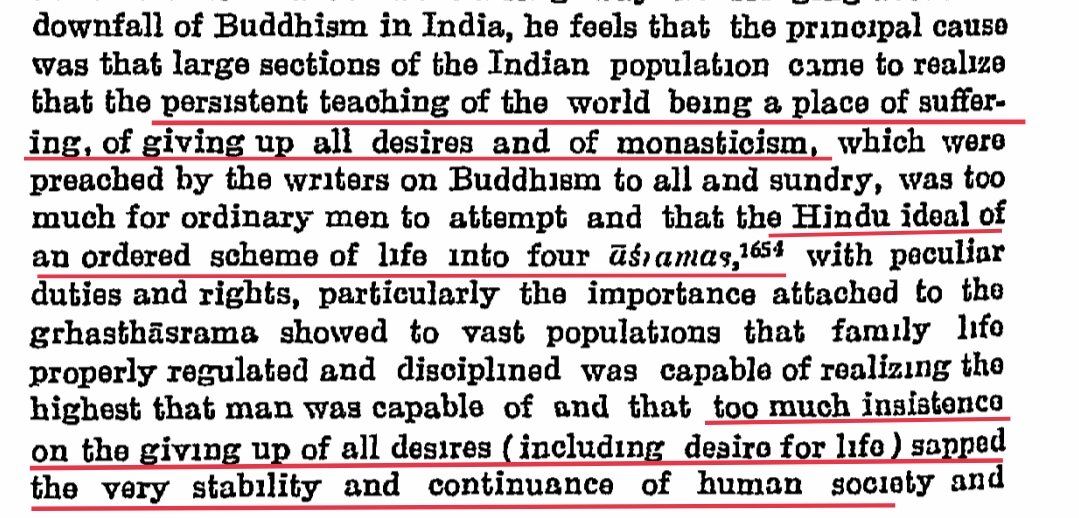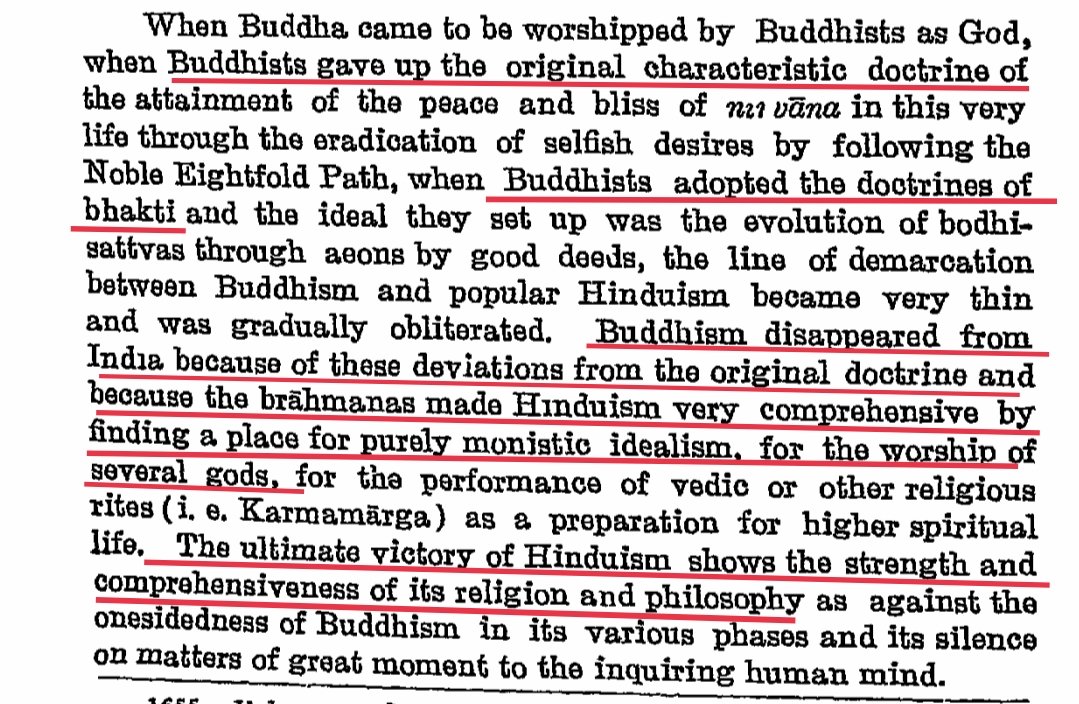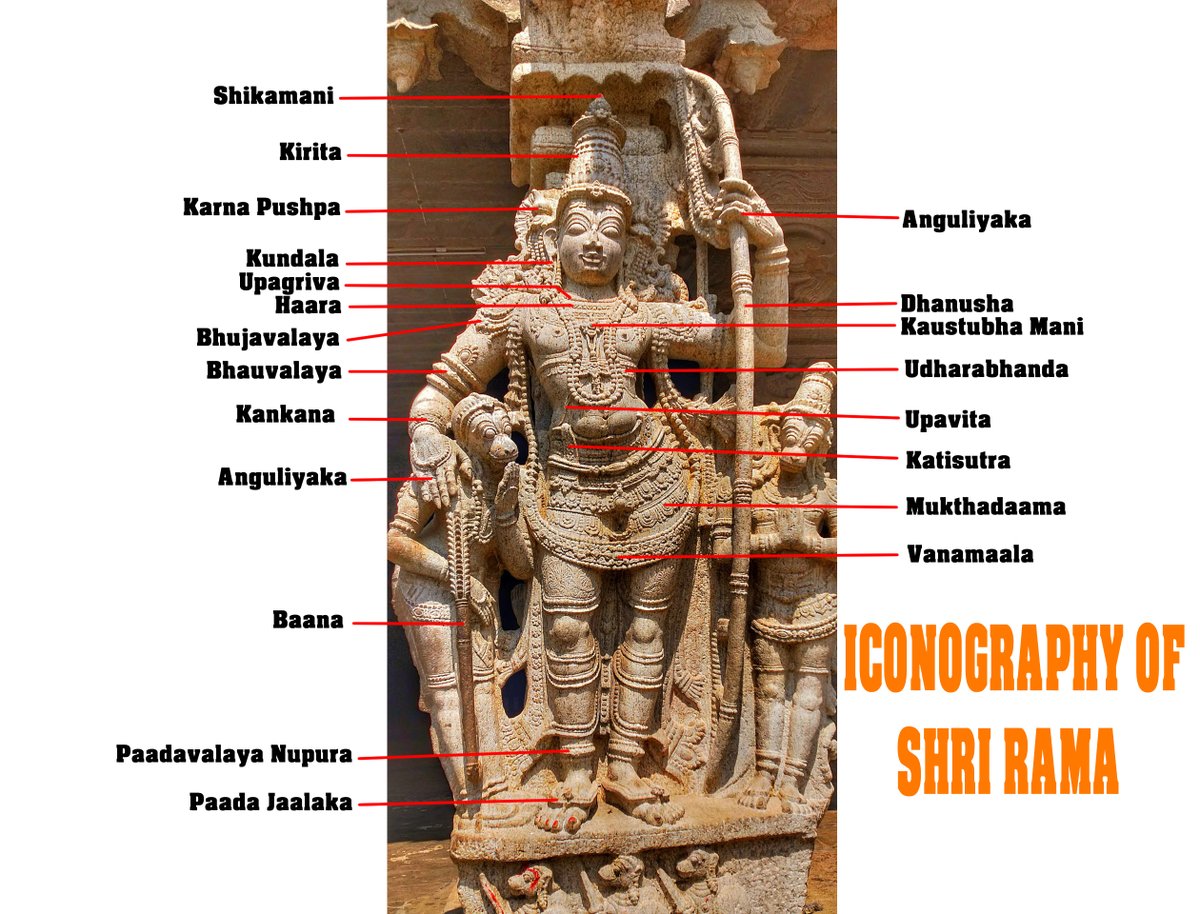
PV Kane in his book "History of Dharmashastras" gives us the chief reason for the decline of Buddhism in India.
1)People realised the dangers of buddhist teachings of constantly being preach on how the world is a place of suffering & giving up on all desires etc
(1)
1)People realised the dangers of buddhist teachings of constantly being preach on how the world is a place of suffering & giving up on all desires etc
(1)

2)Hindu concept of 4 Ashrama system gave men a real purpose in life. Inculcated discipline in them, unlike Buddhist philosophy that threatened the very stability & continuance of human society that gradually led to loss of physical & mental vitality, idleness & race suicide (2)
3)Later Buddhists strayed so much from the original teachings of buddha, in the process they simply ended up copying Hindu ideals like Bhakti. The line between Buddhism & Hinduism got so thin that the former got subsumed in the vast superior ocean that is Hindu dharma.
(3)
(3)

The final & real blow to buddhism came from the turushka invasion. It completely wiped it out from most parts of India, even though Hindu kings had continued to be patrons of buddhist art, architecture, literature etc just before turushka invasions.
(4)
(4)

An example of a Hindu king sponsoring Buddhists just few decades prior to turushka invasion. Kumaradevi, queen of Govindachandra of Gahadavala dynasty had a Buddhist vihara build.Govindachandra himself made numerous gifts to Buddhist monks.All the while fighting turushkas as well 

• • •
Missing some Tweet in this thread? You can try to
force a refresh












